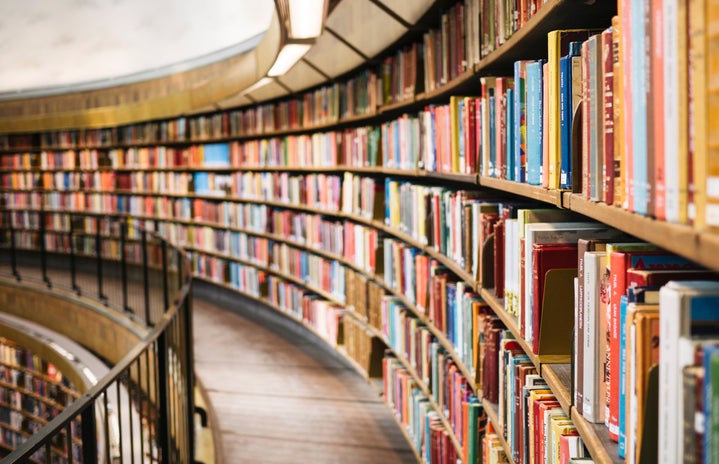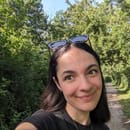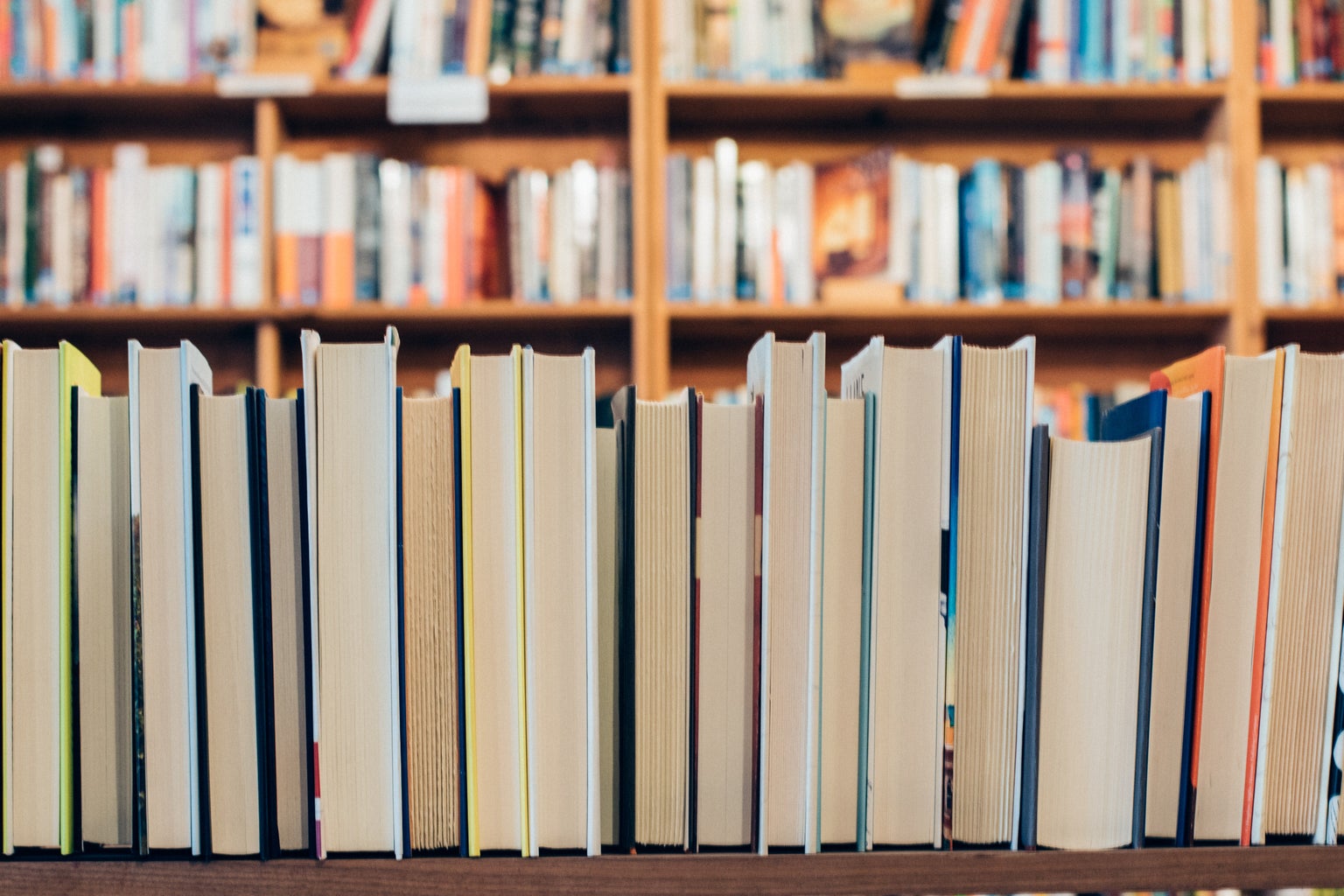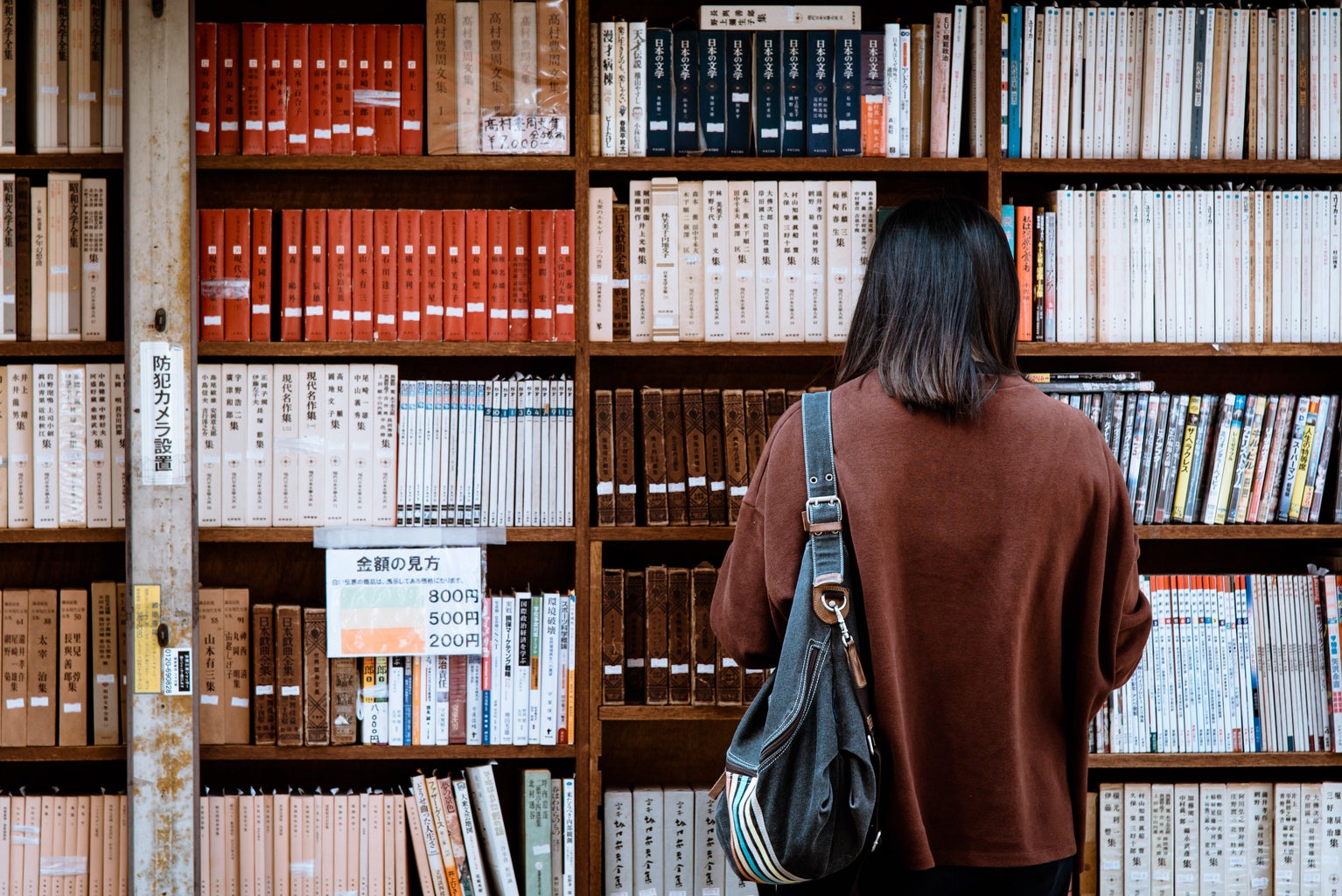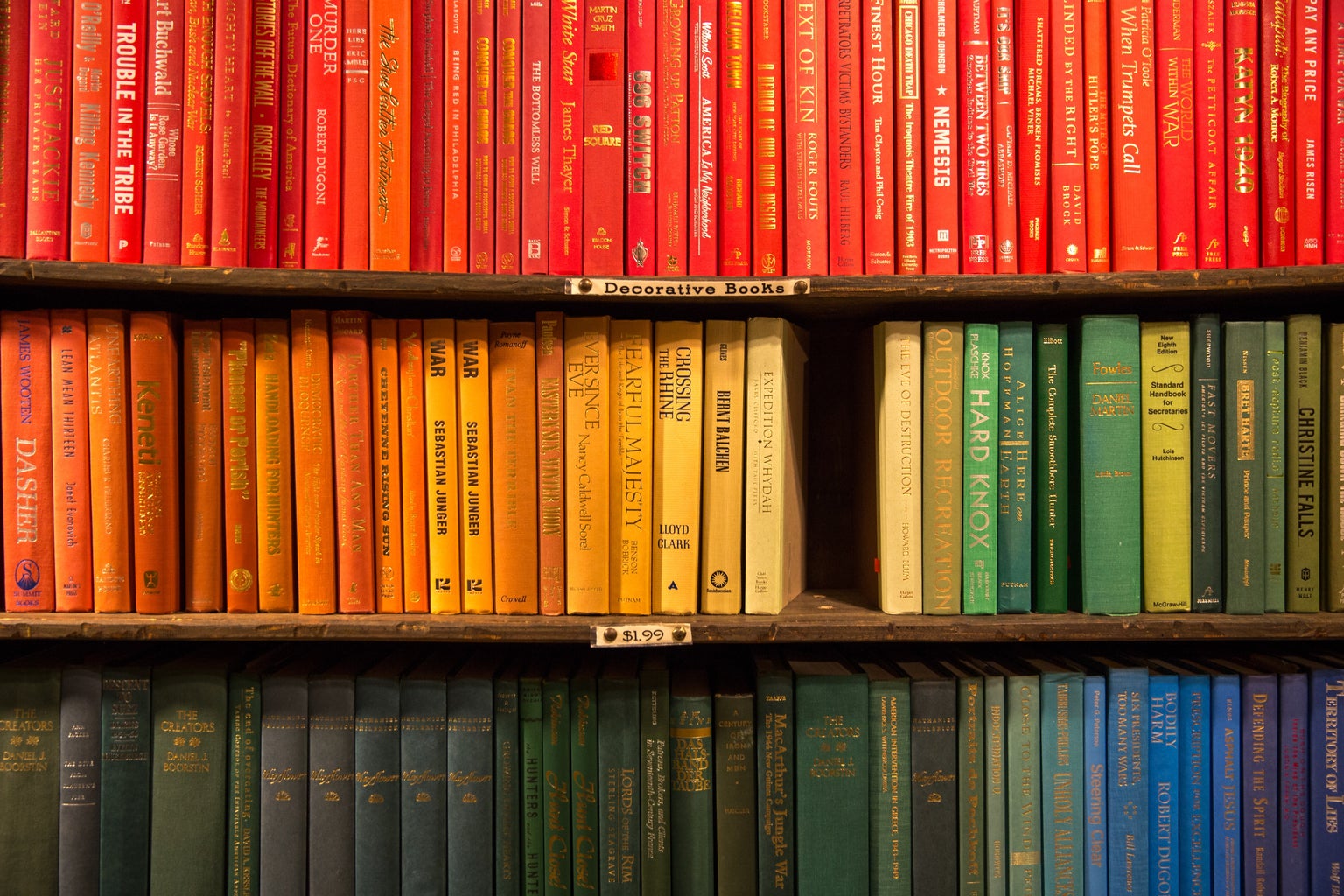A few months ago, my sister sent me a TikTok about the lack of third places in North America. Modelled after the idea that the home is the first and work is the second foundational space in our lives; third places are sites of neighbour connection such as churches, public parks, and community centres. To me, the most important third places are often those that don’t require a monetary commitment. While coffee shops and local gyms can be crucial third places for some, their financial burden can exclude many others. Amid the ever-rising cost of living, public, non-exclusionary third places might be more needed than ever to foster connection and offer reprieve. Given our harsh winters and increasingly hot summers, it seems to me that the public library, as an all-weather space, is one of our most crucial third places.
Though I have already written about the virtues of reading (and re-reading) for pleasure, I have not yet honoured the space of the library and all that it offers. While the most obvious reason to go to the library might be to read, public libraries, especially today, offer much more than reading material. If you’ve never had a library card, or don’t have one where you go to school, it’s been my experience that libraries are quite expansive in their acceptance of proofs of residence. The Kingston Frontenac Public Library, for example, merely asked me for my student ID before issuing me a card. While library cards provide access to digital materials and allow you to bring books home with you, the wonders of the library itself are infinite for anyone walking through its doors.
In Kingston, the Central Branch on Johnson St, for example, is adorned with brightly coloured chairs and sofas. There are numerous sitting areas nestled between the stacks and along the windows. At the very least, the library can be a good place to sit and relax. In addition to books, there are racks of newspapers and magazines for visitors to flip through. A short, magazine-studded visit could be a nice break from work, school, or roommates. Located a mere 15-minute walk from campus, the public library is a good place to take a rest from a long day or wind down if the place you live is loud or lively. If you, like me, have an ever-growing collection of books you want to pare down or have lingering books you bought for school that are taking up space, the library is also an excellent place to get to know since it accepts book donations (which it then sells through a pay-what-you-can donation model).
So, while the public library is about much more than just its books, I would still be remiss not to talk about them. Even if you don’t pick up a book right then and there, a stroll through the stacks of your favourite genre (or a genre you would like to read more of) can introduce you to books you may not have otherwise encountered. Though I know GoodReads and BookTok provide more recommendations than any of us can really keep up with, there is something about seeing the colour-filled rows of new and old spines that gets me excited about reading in a whole new way. And unlike bookstores where the prices can be dispiriting, there is something liberating about knowing that these books are all magically, immediately available for me to read. In a time where seemingly endless costs are continuously rising, the public library is a safe haven we can all turn to, especially if we’re looking for a nice place to read.
